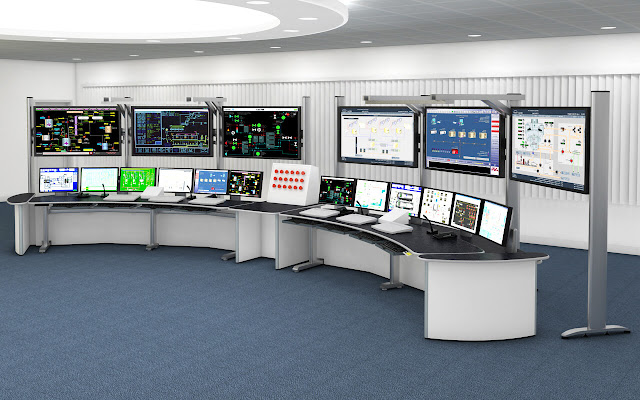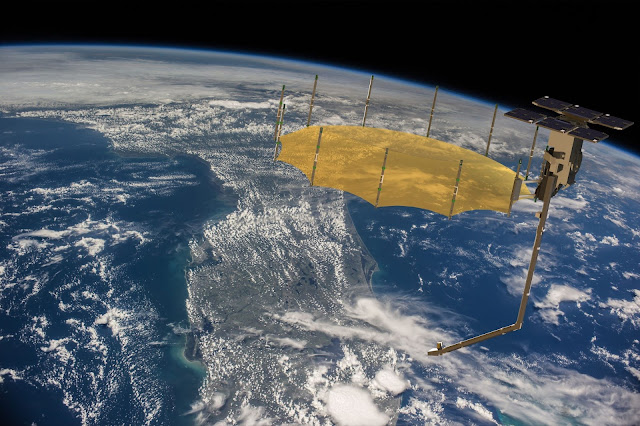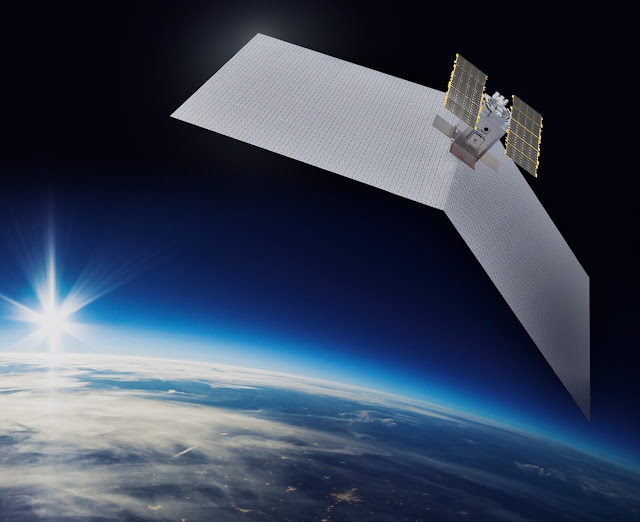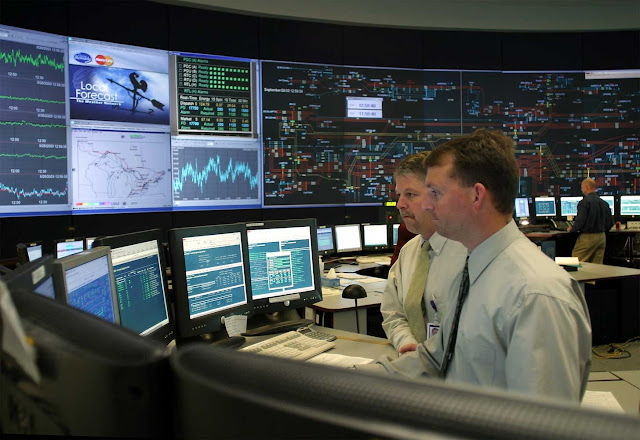How Web Scraping Services Revolutionize Data Acquisition

Web scraping services Web scraping services have emerged as a powerful tool that revolutionizes the way businesses acquire and utilize data. Traditional methods of data collection were often time-consuming and labor-intensive, leading to inefficiencies and delayed insights. However, with the advent of web scraping services, organizations can now access vast amounts of relevant data in real time, propelling them ahead of the competition. On the basis of region, the global Web Scraping Services Market is segmented into North America, Europe, Asia Pacific, Latin America, Middle East, and Africa. Web scraping services enable businesses to extract structured data from websites at scale. By automating the data extraction process, organizations can swiftly gather information from various online sources, including competitor websites, marketplaces, social media platforms, and more. This acceleration in data acquisition empowers businesses to make informed decisions ...





.jpg)